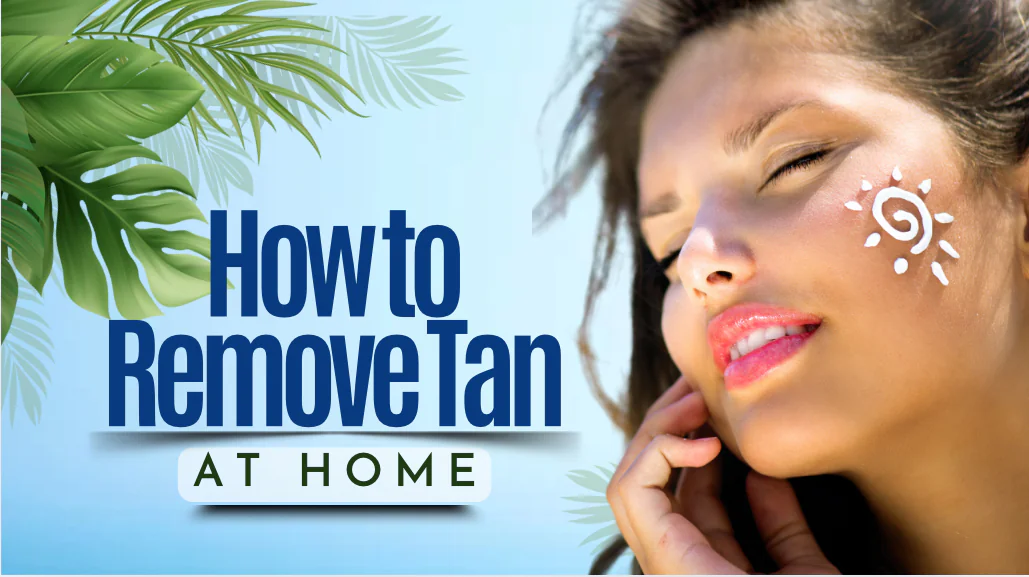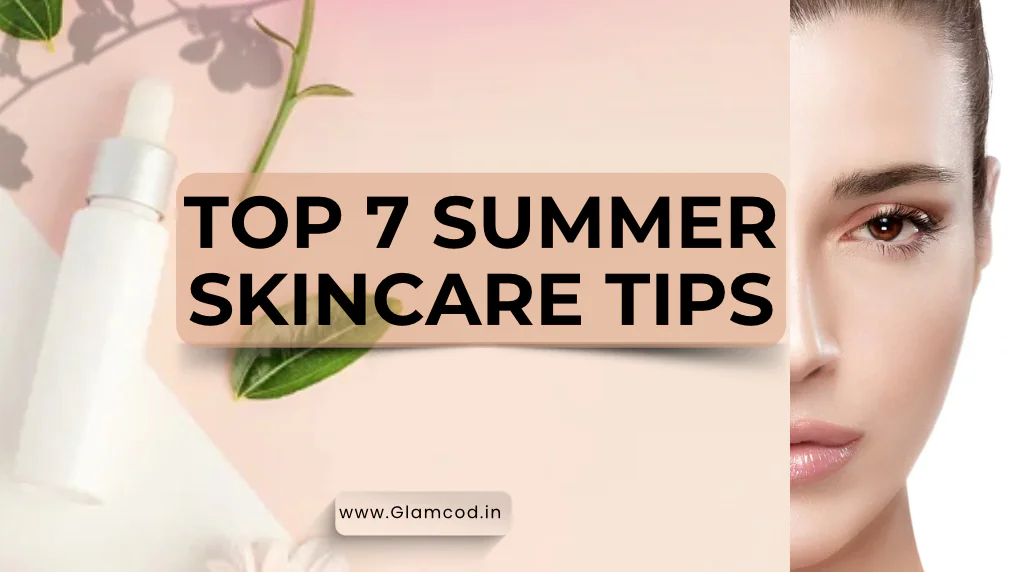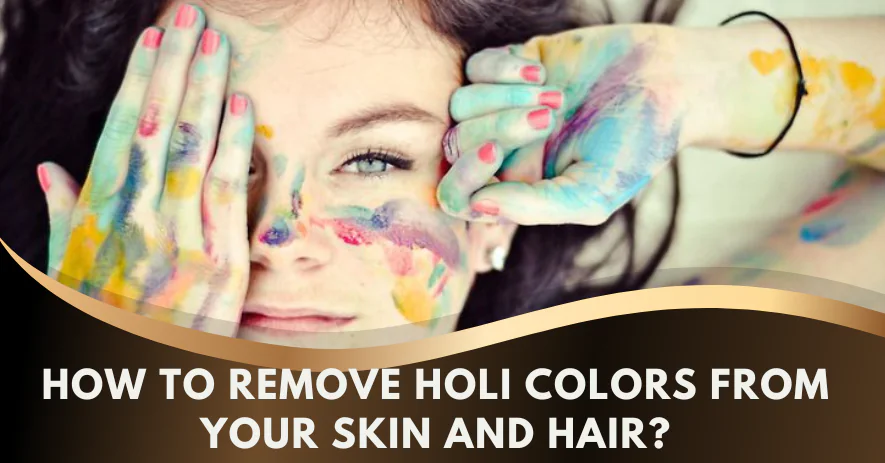

The skin is the largest organ in the body and is prey to a large number of diseases. These diseases may result from over-exposure to the sun, genetics, clogged pores or even allergic reactions. Whatever the case may be, understanding each skin disease helps you treat them with ease.
Find out prevalent skin conditions that affect Indians, their cause, symptoms and treatments.
What are Skin Diseases?
Skin diseases refer to a broad category of conditions that affect the skin. These diseases present with numerous symptoms that reduce your skins glow and can be outrightly ugly. Let us look at some of the common skin diseases out there.
5 Common Skin Diseases in India
Source: Pexels
- Acne
Acne is perhaps the most common skin disease that affects teenagers and young adults in the world. It can cause red, inflamed skin and intense scarring. In short, if not correctly managed, acne can seriously impact your self-confidence.
Acne does not just refer to blackheads but cysts, white spots and nodules. Although most people have acne on their face, it can also affect your chest and back.
Causes
Hormones: Androgen, a hormone that controls oil secretion from the sebaceous glands, is one of the major culprits for acne. During puberty, the hormones can trigger the over secretion of oils and lead to clogged pores. Some adults dodge acne during puberty but struggle with it as adults because of hormonal changes.
The extra oil produced blocks your pores and provides an excellent breeding place for acne-causing bacteria to thrive. The results are ugly inflamed, red welts with pus in them.
Symptoms
- Breakouts
- Blackheads
- Whiteheads
- Painful cysts
- Painful nodules
- Intense scarring
Treatment
Use steam therapy to open up the clogged pores, apply a mild cleanser to clean out all the bacteria and dry your face. You can now follow up with any of the natural treatments or acne spot creams. French green clay, green tea, tea tree oil and apple cider vinegar are some of our favorite acne treatments.
Source: Pexels
- Melasma
9 out of 10 people suffering from melasma are women. Yes, only 10% of people with melasma are men. The scary thing is that Indians, Africans, and Middle Easterners are more at risk of having melasma. Enough said melasma is a skin condition that presents with brown patches.
Cause
The exact cause for melasma is not clear. However, we know that it affects people of color more because they have more active melanocytes than light-skinned folks. That said, here’s a list of the common triggers for melasma.
Hormonal Changes: hormones can trigger the onset of melasma; this is especially true in pregnant women. The condition is often referred to as the “mask of pregnancy.”
Skincare Products: Not every skincare product is great for your skin. Some can cause skin irritations and melasma.
Excessive Sun Exposure: You’d heard that the sun has harmful rays that can negatively impact your skin; it is true. Sun exposure may be the reason why you are suffering from melasma.
Symptoms
Brown or grey pigmentation on the skin, especially on your forehead, cheek, chin and nose.
Treatment
The best way to address melasma is by cutting your exposure to direct sunlight, applying an SPF sunscreen, skin lightening treatments, and nutraceuticals.
- Eczema
Eczema, is also known as atopic dermatitis. It is a chronic skin disease common in babies and children. However, teens and adults also struggle with this skin condition.
Cause
Most times, eczema is a result of your body’s abnormal response to naturally occurring proteins. The immune system is unable to differentiate between pathogens and harmless proteins and treats these harmless proteins as pathogens.
Common triggers of eczema are:
- High body temperature
- Food allergy
- Stress
- Upper respiratory tract infection
- Chemicals in cleaning products
Symptoms
- Dry, itchy skin
- Red rash and patches on the skin
- Scaly skin
- Crusty patches
Treatment
Ultimately, your dermatologist will examine you and prescribe the best treatment to treat your eczema. But here are some medications that have helped us tackle eczema in the past.
Oral antihistamines like Fexofenadine, Loratidine, Cetirizine and Benadryl help block histamine, a hormone responsible for the allergic reaction. Cortisone creams or steroids also work well to treat eczema, but they have adverse side effects if they are misused. Phototherapy or light therapy is also a great way to treat the immune response responsible for eczema.
- Hives
Hives or Urticaria is a common skin disease that affects both men and women. It can cause your skin to appear red and bumpy. Sometimes, they can cause increased skin sensitivity and may even be painful. Let’s look at what causes this skin condition.
Causes
Allergy: hives are caused mainly by allergic reactions to something in the environment, food or clothes. These allergens stimulate the release of histamine responsible for the itching, swelling and redness of the skin.
Stress: asides allergies, stress is also another cause of hives. The body tries to balance itself out and fails. Other irritants like sweat, pollution, tight clothes, etc., can cause you to break out in hives.
Infection: Bacteria and viruses like those behind urinary tract infections, hepatitis, strep throat, and hepatitis are capable of causing hives.
Symptoms
- Welts on your skin that may appear red
- Itchy skin
- Small bumps that grow bigger and spread
- In severe cases, you may have difficulty breathing and swallowing
Treatment
Antihistamines help stop the reactions triggered by histamine, thus, curbing the inflammation. Lukewarm baths, OTC antibacterial and antibiotics treatments also help to treat hives.
Source: Pexels
- Psoriasis
Psoriasis an autoimmune disease that affects quite a number of people. Individuals with this disease suffer from scaly patches that come and go. There are different types of this skin disease, and sadly, an individual can suffer from more than one type. Most times, the patches are on the scalp, elbows and knees.
Cause
There are different types of Psoriasis, each with its cause. However, the leading cause of this skin disease is a defective immune system. The immune condition causes your skin cells to grow faster than normal.
Genetic and environmental factors can trigger this disease. Other triggers are stress, skin injury, infection, smoking and over-consumption of alcohol.
Symptoms
- Red or silver patches of skin
- Itchy skin
- Stiffness and swelling of joints
Treatments
You cannot cure Psoriasis but there are treatments to help manage the symptoms.
Start with moisturizers containing cortisone to ease the discomfort you feel. Creams containing vitamin D also help you slow down the spread of the condition, while topical retinoids are anti-inflammatory. Your doctor may also prescribe light therapy to treat psoriasis.
Conclusion
There are several skin conditions that affect Indians. Understanding what triggers them, their common symptoms and how to treat them makes all the difference. Find easy ways to tackle these widespread skin diseases.














